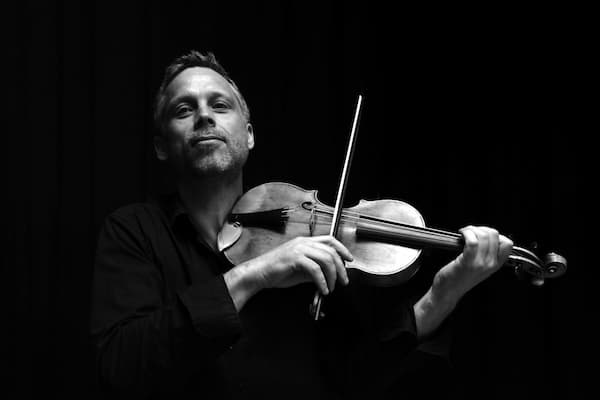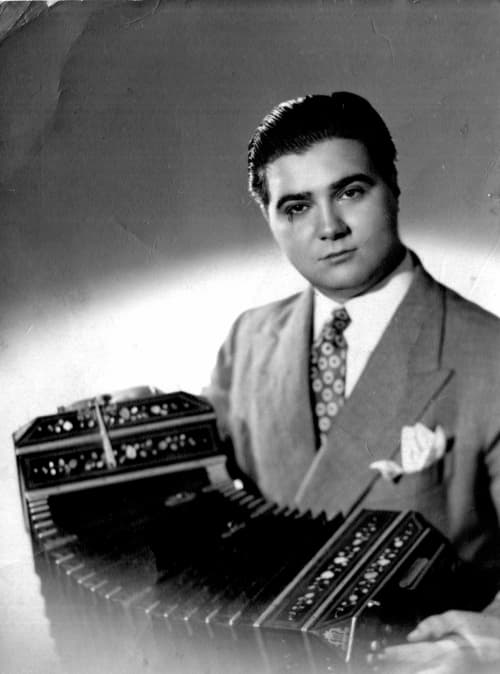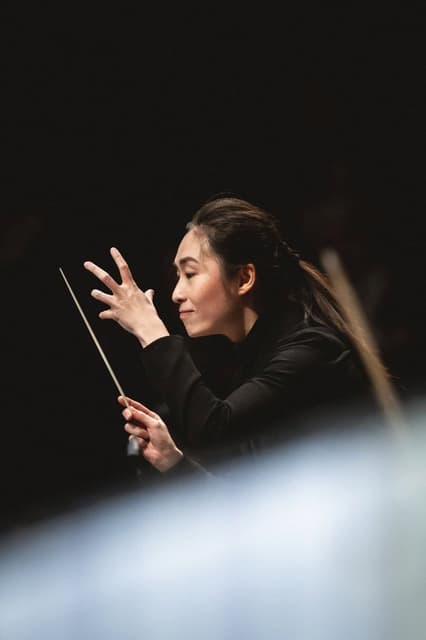‘Classical music isn’t ossified,’ declared Ben Levy, ‘it’s living and breathing….’. And bringing life into understanding classical music is all about his YouTube Channel.

Ben Levy
His first video, about Rimsky-Korsakov’s Sheherazade, gives the backstory of the 1001 Nights story collection but then returns to the music and takes us into the history of the composer and the work. This first try mixes anime with live-action shots all over London to some embarrassing shots. But for a first try, it was interesting.
The Soundtrack to One Thousand and One Nights. Ep 1 – Scheherazade by Rimsky-Korsakov
Episode 2, Mussorgsky’s Pictures at an Exhibition, is fully animated and this works much better for his format. There are standard cartoon motifs: crying is a river of blue, love is flying hearts, and so on. But, at the same time, we get a view of a sample of Hartmann’s paintings and samples of Mussorgsky’s music. The music is placed in the background; the foreground is the story and the images.
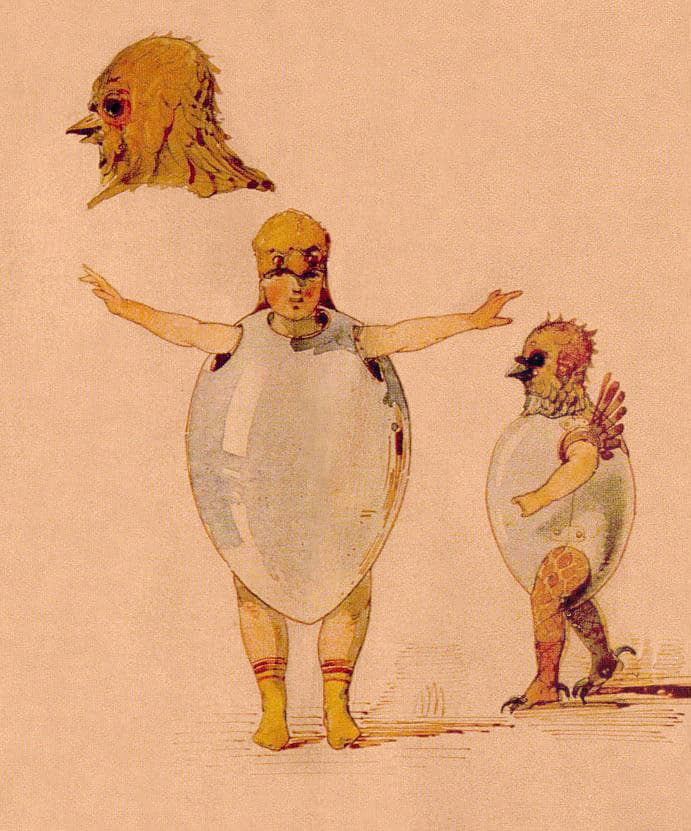
Hartmann: Costume sketch of canary chicks for J. Gerber’s ballet Trilby, 1871 (St. Petersburg: Institute of Russian Literature (Pushkin House), Academy of Sciences)
Episode 2: Pictures at an Exhibition by Modest Mussorgsky
The story is given as factual as are the images, but, in fact, some of the pictures are now lost and he can only approximate what Mussorgsky might have viewed at the fabled Exhibition. Levy makes a rare point in his commentary: Hartmann is no longer known except through Mussorgsky’s monument to his work. And that is the joy of these videos: you learn a bit of history, there’s some good jokes, and, at the core, there’s some nice solid music history and music interpretation.
As Levy gets more secure in the format, he branches out from purely program music to more adventurous absolute music explanations, including The Enigma Variations (Episode 15).
The Mysterious Mr Elgar. Episode 15 – The Enigma Variations by Edward Elgar
Rhapsody in Blue (Episode 16),
1924. The year Jazz crashed Classical Music’s party – Rhapsody in Blue by George Gershwin (Ep.16)
and Orff’s Carmina Burana (Episode 17)
The Medieval Wheel of Fortune – Carmina Burana by Carl Orff
For the long, involved pieces, such as Pictures at an Exhibition, the Enigma Variations, and Carmina Burana, Levy goes through all the sections and does a very good job of creating a story arc for each work.
His most recent video is on Beethoven’s Ninth and the composer’s real accomplishment in creating this ground-breaking work. Beethoven in Kiss makeup has to be seen but makes Levy’s point about the radical nature of so much of the work and how it pointed the way to the Romantic future after decades of classical restraint.
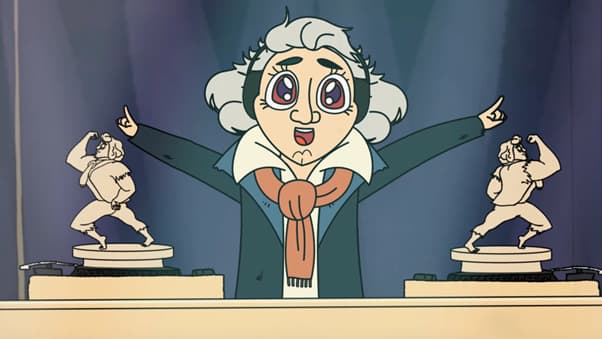
Beethoven
It’s in perfect time for the 200th anniversary of the 9th on the 7th of May. Its premiere was at the Theater am Kärntnertor, Vienna, in 1824, with the thoroughly deaf Beethoven ostensibly at the podium. In truth, however, the orchestra had been told to ignore Beethoven and follow their Kapellmeister, Michael Umlauf, who really held the baton. At the end of the work, the contralto soloist, Caroline Unger, turned the still-conducting Beethoven to see the audience he could not hear; they acclaimed his achievement with five standing ovations, throwing up their hands, their hats, and their handkerchiefs so he could see their praise.
A message to humanity: Symphony No.9 by Ludwig Van Beethoven
Throughout, the other details of performance for each work come into the discussion: interpretation, popularity, lost works, and found works. The story isn’t always about the music and the composer, it may include social influences, political movements, performance practice, and all the different ways that society and performance can affect a work. The discussion of Rachmaninoff’s relationship with his psychologist, Dr. Nikolai Dahl, who turned the composer from being blocked from composing to the success of his Second Piano Concerto, delves deeply into how Rachmaninoff was able to return to work.
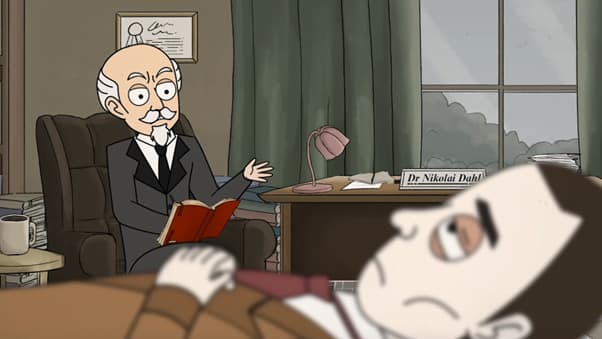
Rachmaninoff and his psychotherapist, Dr. Nikolai Dahl
With his deep study of the scores and their history, Levy has strong opinions about music. We talked about ‘What performance made you ANGRY?’ and he mentioned a performance of Beethoven’s 9th at the Proms that had great soloists but that was done with the most lackluster style and with terrible tempos. Even the chorus seemed to be trudging, rather than joyous. So much potential was lost. Or a performance of the Seasons concertos by Piazzolla and Vivaldi, where Vivaldi’s music is inserted into Piazzolla’s music, even though Piazzolla’s Four Seasons of Buenos Aires only has a title nod to Vivaldi’s work.
In terms of interpretation, he said that the process of creating these videos has given him a new appreciation of how a particular recording can change how you hear a work. If it was a work that was just too familiar, a new interpretation could make you hear the work anew or make you understand the work differently.
Ben Levy started his process by looking at program notes and realizing that, although it might give you the details about a work, the deeper question of ‘what does it mean?’ was never addressed. His videos are designed to give listeners the tools to open up their ears. Jargon is dropped by the wayside, or, if unavoidable, explained in passing. He wants to tell the stories behind the pieces. He found this was common in book reviews or art history, but relatively uncommon in music. He focuses on larger topics than even most music program notes might: Carmen’s ultimately feminist position or that Elgar’s Enigma Variations are really about friendship, rather than solely being images of his friends.
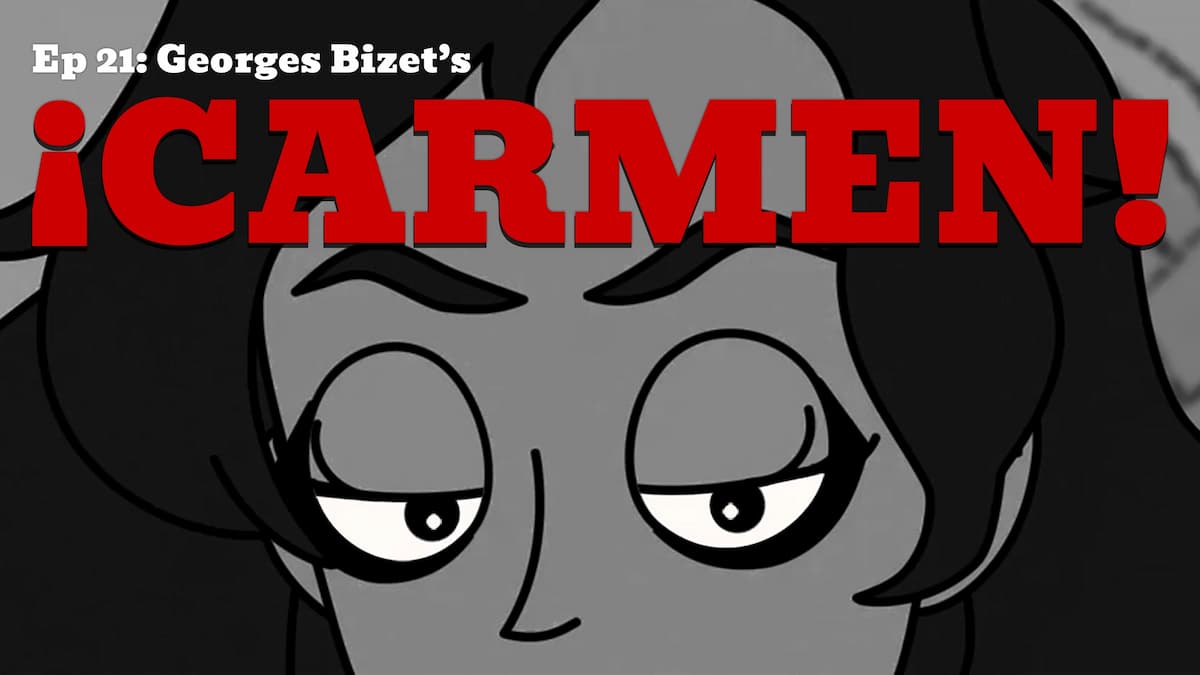
Carmen
Levy credits his Producers Jo Luping, Antony Gusscott, and Jesse Stevens for their skill on the visual side of the videos. The animation is done by an animation group from Sabah, Malaysia. The group is part of a government-funded school for animators and their visual imagery is filled with modern visual references: Fortuna, the spinner of Fortune’s Wheel in Carmina Burana, is more than a little like Vanna White of television’s Wheel of Fortune. Composers of all kinds are shown in sunglasses. They wear headphones. Twerking is done by the witches in the final movement of the Symphonie fantastique. David Attenborough turns up in the middle of Vivaldi’s Four Seasons when the music includes bird song. It’s all very funny in the details.
It’s a great series to explore. Musical pro or musical amateur, there’s something here for everyone. His fans are largely in their 20s and 30s, according to the statistics he gets from YouTube, and, although they would be an obvious audience, he has not designed this for schoolkids. Drinking and drug references are there where appropriate and are shown where they influence the composer and the music.
He has a couple of brief videos that address questions he gets from his listeners, including questions about the riot at the premiere of The Rite of Spring, and asking about political commentary in his video on Prokofiev. His video explanations give us a real indication of the depth of research Levy engages in to produce his 15-minute videos.
One of the great things is that at the end of each video, he asks viewers to listen to the entire work he’s just illustrated.
Next up on his schedule is Ravel’s Bolero and he said that a bit of Mahler is in the works. His international audience is also asking for other works, including works by Respighi and other composers. We can only wait to see what new gems appear!
For more of the best in classical music, sign up for our E-Newsletter

